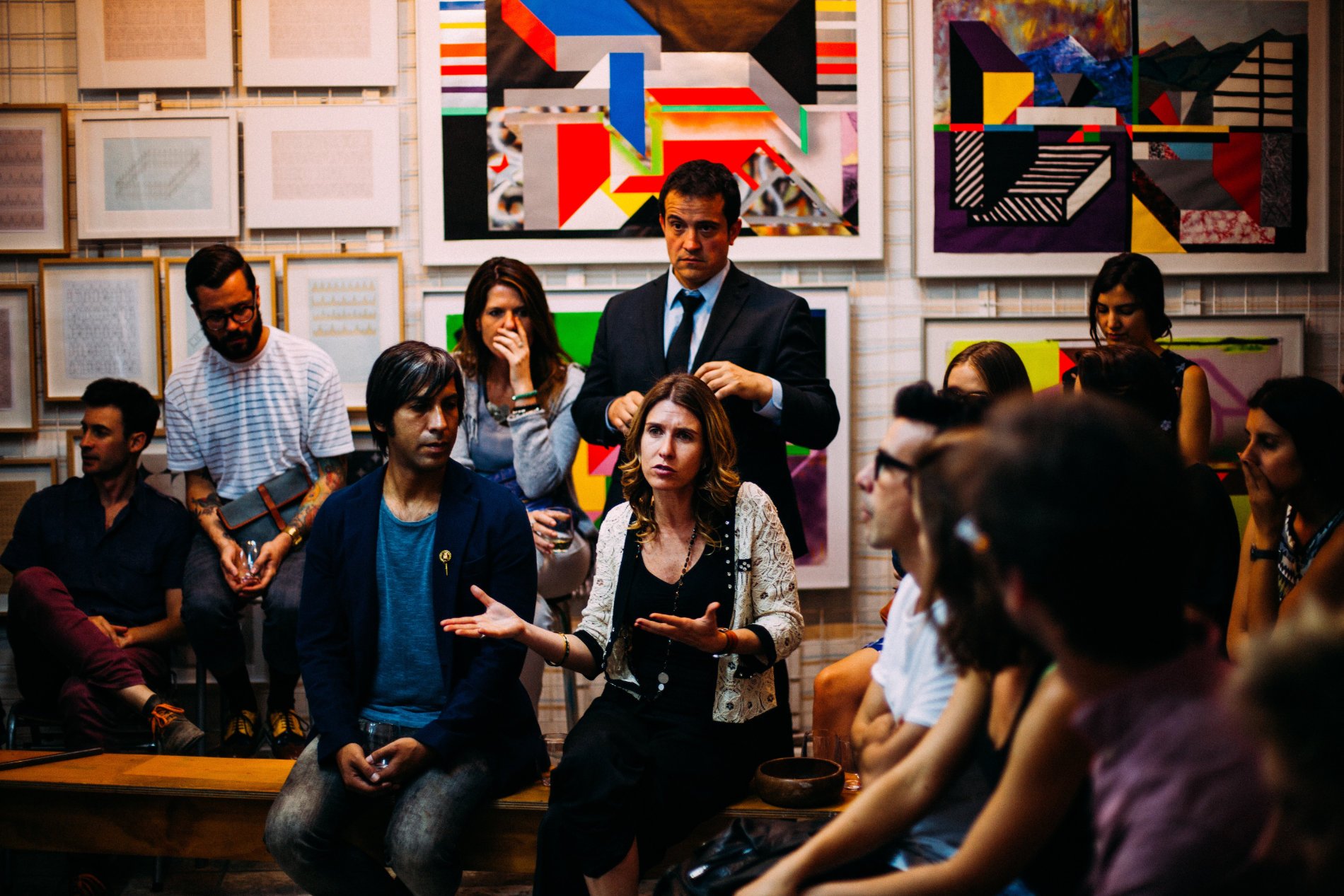Are you exhausted trying to create high-impact learning & development programs with impact?
Learning architects spend inordinate amounts of time trying to tweak training so it sticks. But, they often assess impact by ...asking people what they "like".
While it is nice if people like your program, the return on training directly depends on how much information gets into and lodges firmly in memory. Should sessions be 60 minutes or 42 or 87? Should people introduce themselves or should you start teaching immediately?
Learning architects traditionally rely on surveys after training --sometimes long after -- sessions to try to understand what "worked." But, "liking" and impact are two different things and "liking" lacks the granularity to identify exactly how to make training that sticks. In fact – we mostly end up hearing if the food was good or the room was too cold instead of anything actually useful!
It’s not learners' fault they can’t tell you if your training was awesome or awful.
People lie. Not because they mean to. But because the human brain is not able to consciously report our unconscious emotional responses with any accuracy. What learning architects want to know is if the information was presented so effectively that it shook up people's brains and will be saved in long-term memory. That's where the ROI of training comes from.
To answer this question, you need to measure the brain directly. Until recently, only neuroscientists in an expensive lab could do this. But the world has changed.
Lively Shows you How to Improve Training with a Single Use
Lively is the personal neuroscience platform you use during corporate training events. Even K-12 classrooms improve kids' outcomes by using Lively!
Lively is powered by the neuroscience platform Immersion that gives you the power to measure learners' brains in real time whether they are learning as a group or on their own.
Lively shows you how to structure training so learners are ready to absorb material, content is structured to make it clear and understandable, and material is delivered with energy signaling its importance.
Lively’s objective, second-by-second measure of neurologic impact tells you exactly what is working, for whom, and even when people need a break.
And the best part? Lively is highly correlated with information recall weeks after training. That means every training you offer rachets up its impact, benefiting learners and your organization. The top professional services companies all use Lively to ensure the training they offer has a high ROI. So, what are you waiting for?
How do you use Lively to optimize Learning?
Simple. You measure a specific neurologic state in your attendees. At Lively, we call this state Immersion, named for the neurologic state our founders discovered that powers the platform. Immersion captures the value the brain assigns to an experience. More Immersion, more value, more retention, and higher ROI.
Very science-y, we know. But stay with us . . .
The neurochemical basis for Immersion, the brain's release of dopamine and oxytocin, signals that the information is important by tagging it with emotion.
You've had this experience: emotional content causes people’s brains to invest the metabolic resources to process it fully and this information is retained for months and even years.
Lively's metrics measure the three key dimensions learning architects can control to make training more effective: readiness to learn, the design of content, and how it is delivered. Accenture used the metrics in Lively to break down training into 20 minute segments. Any longer, they found, and the brain fatigues and retention plummets.
Lively measures Immersion in real-time, second-by-second, so you can easily measure and improve ever training you offer. Learners, too, can optimize their learning by reviewing their own data and finding what works best.
When your attendees experience immersion – you know for sure they connected with your material.
How do you use Lively?
It is so simple. You set up your experience and invite attendees to wear a fitness sensor or their own smartwatch
while they participate.
You and your team can log into the Lively platform and watch the data in real-time to understand how well brains are connecting to the content. Create breaks when needed, change tasks, and use neural data to gamify learning.
At the end of the experience, you receive a full, downloadable report of the moments of high and low immersion within Lively.
You can tag key moments in real-time to understand what was happening for the spikes to know portions of the experience truly made an impact on attendees. Sales pitches and other presentations can be practiced for immediate feedback to ensure learning has really occurred.
With Lively – you have data that definitively shows you immediately when training sticks and when it does not. This helps you go forward confidently in creating extraordinary training with zero guesswork.
How do you get started?
Want to use Lively in your training to get clear, actionable ways to improve?
Drop us a note today for a free demo to see how easy it is to use Lively in your testing phase!
Want to stay in touch? Join Lively's Newsletter!
Related Posts
You may also like this
Lorem ipsum dolor sit amet, consectetur adipiscing elit. Suspendisse varius enim in eros elementum tristique.
October 26, 2022
Get more actionable results from your Focus Groups.
October 26, 2022
Want your Brand Experience to convert from enjoyment to sales?
October 26, 2022
Are you tired of Shopping Studies with inconclusive results?
The Science of Immersion
Learn more about how Immersion can predict information recall and audience actions with over 85% accuracy
We have done 20 years of science on this stuff, and know that we identify the exact moments people will remember and even predict if people will change their behavior based on an experience.




